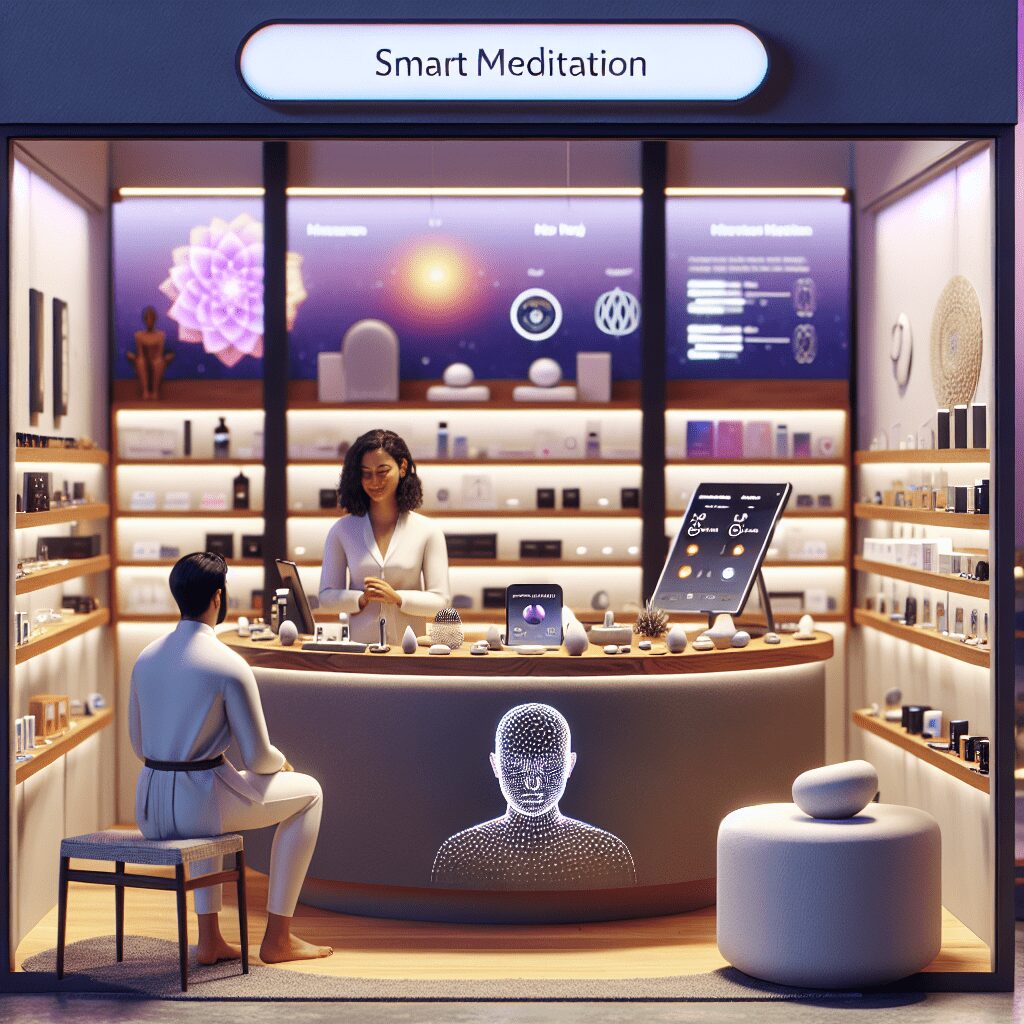
Prioritize your mental well-being daily. Enhance your life by nurturing your mental health with the Smart Meditation app. Break free from stress, alleviate anxiety, and enhance your sleep quality starting today.
Can We Meditate After Eating?
The Best Time to Meditate: Before or After a Meal?
When it comes to meditation, the timing can be as crucial as the practice itself. A common question many beginners ask is whether they can meditate after eating. Let’s dive into this topic and uncover the pros, cons, and best practices to make your meditation journey as smooth as possible.
Understanding the Digestive Dilemma
To meditate post-meal or not? That’s the question. Well, here’s the scoop: When you eat, your body kicks into digestion mode, a process that’s not as simple as it sounds. Blood rushes to your stomach and intestines to facilitate digestion, which can lead to a sense of lethargy. Ever felt like taking a nap after a hefty meal? Yep, that’s your body focusing on breaking down that lasagna you just devoured.
Now, throwing meditation into the mix right after eating could mean battling the z’s instead of Zen. It’s not a hard and fast rule, but many find that meditating on a full stomach is akin to swimming upstream—possible, but why make it harder on yourself?
The Sweet Spot for Mindful Moments
So, when’s the goldilocks time for meditation? Most seasoned practitioners recommend giving your body a little breather after eating—around 2 hours or so. This doesn’t mean you need to time your meals and meditations with military precision, but being mindful of your body’s needs can enhance your practice. Here’s a quick rundown:
- Empty Stomach: Meditating first thing in the morning before breakfast is often cited as prime time. Your mind is fresh, and your body isn’t bogged down by digestion.
- Post Digestion: If early mornings aren’t your jam, waiting a couple hours after a meal can also work wonders. This way, your body isn’t in full-on digestion mode, and you’re less likely to be distracted by drowsiness or discomfort.
- Light Snacking: Absolutely need to eat something before meditation? Go for something light—a fruit or a small handful of nuts. Keep it simple to avoid triggering heavy digestion.
Tailoring Your Practice to Your Lifestyle
Remember, meditation is personal. What works for one person might not be a hit for another. Experiment with different timings to see what aligns best with your body and schedule. Here are a few tailoring tips:
- Listen to Your Body: Feeling sluggish after meals is natural, but if you’re someone who feels energized, then post-meal meditation might just be your thing. Tune in to how you feel.
- Flexible Scheduling: Can’t do mornings? No problem. Find a slot in your day when you’re least likely to be interrupted or when you feel at your calmest. It’s all about creating a routine that’s sustainable for you.
- Mindful Eating: Paying attention to what and how much you eat can also play a significant role in how you feel during meditation. Opt for meals that leave you feeling satiated but not stuffed.
The crux of the matter is, there’s no one-size-fits-all answer. Navigating the best time to meditate takes a bit of trial and error. The ultimate goal is to find a routine that enhances your practice and fits seamlessly into your life. After all, meditation is about enhancing your well-being, not complicating it. Give yourself the liberty to explore and adjust—your perfect meditation schedule is waiting to be discovered.





